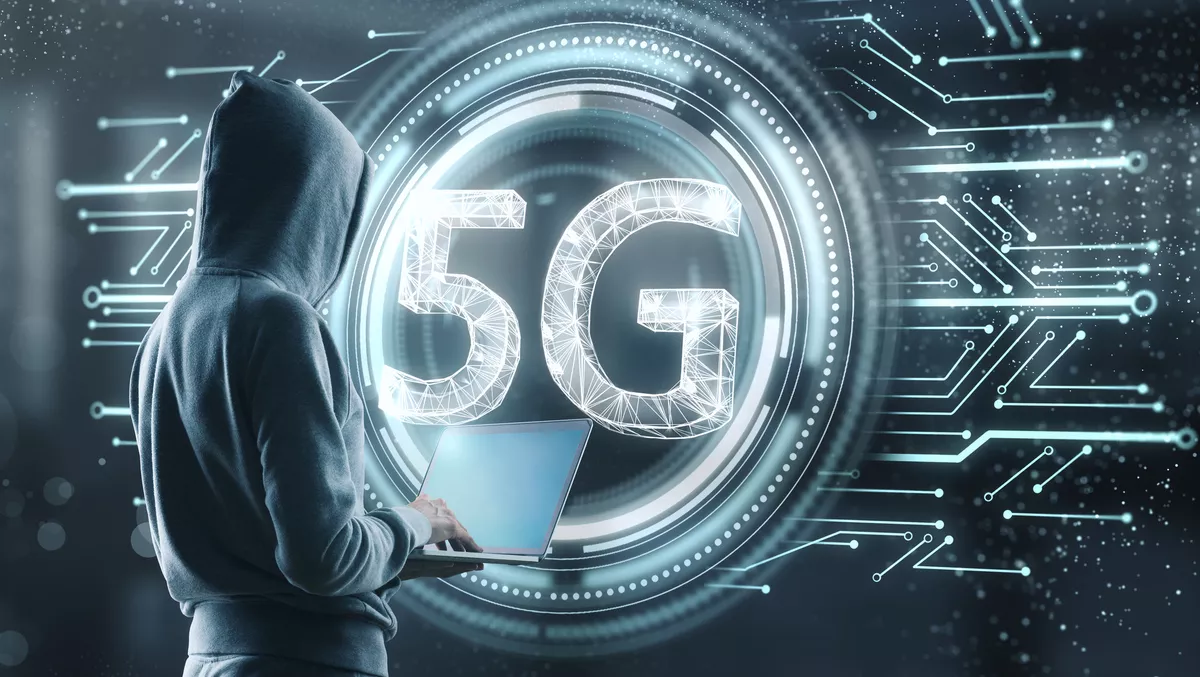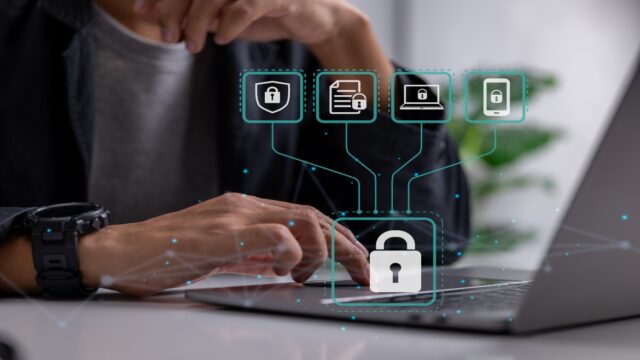
Network security is a key factor when it comes to 5G networks. With the implementation of 5G networks, it is essential to protect them and ensure the security of all users’ data. There are several measures that need to be taken to ensure that the network is secure, including the use of firewalls, encryption, and authentication. Let’s dive into the details of how to secure and manage a 5G network.
1. Implement security protocols

When setting up your 5G network, one of the most critical steps is to implement security policies and protocols. This includes protecting devices with authentication processes such as passwords or biometric access. Furthermore, it involves protecting access to data with encryption technologies such as Secure Sockets Layer/Transport Layer Security (SSL/TLS). You should also identify appropriate security levels based on the type of traffic that flows across the network.
Security threats should be identified and logged on a regular basis so that you can remain aware of any possible risks that may arise. Patches and updates should be applied to hardware and software regularly for maximum protection against any malicious attempts to access the 5G network.
2. Utilize firewalls
Firewalls are an important element when it comes to network security. It is a type of security software that allows or denies traffic between two networks. Firewalls can filter data from various inputs and output sources, such as internet traffic or a local intranet. They can help prevent unauthorized access and safeguard private information, such as user names, passwords, and other sensitive data. They are typically used along with other security measures like antivirus software and encryption to help secure networks.
When configuring firewalls for your 5G network, be sure to create specific rules that allow only necessary traffic and block malicious or unwanted packets. You should also consider implementing identity management processes to authenticate users before granting them access to network resources. Lastly, you should regularly manage and monitor firewalls for any suspicious activity or changes in trends in order to ensure your security posture is up-to-date.
3. Use encryption

Encryption is a critical component of secure communications, allowing data to be transferred safely between two or more devices. Best practices include the use of encryption for all communication channels, both public and private networks. Encrypting data helps to protect it from unauthorized access and tampering and prevents malicious attackers from gaining access to sensitive information. Encryption algorithms are used to transform data into an unreadable form, which can then only be decoded with a specific key for authorized users.
When user credentials are passed over an unencrypted network such as the internet, they could potentially be intercepted by malicious actors and stolen. To ensure that this doesn’t happen, encryption algorithms like Advanced Encryption Standard (AES) are used by web servers or other sources hosting sensitive information so that it is impossible for attackers to gain access without the correct decryption key.
To ensure maximum protection while using encryption algorithms, secret keys should be kept confidential and generated randomly rather than being hardcoded in software applications or stored in plaintext form on disk or in databases where attackers can find them. In addition, any user-supplied passwords should always be hashed before storing them on servers; This hashing process will add an additional layer of security by generating a unique string for each user that can’t easily be reversed back into its original form even if hackers gain access.
4. Monitor network performance
The goal of monitoring is to identify any potential issues before they become major problems. This helps ensure the reliability and performance of your 5G network.
Performance monitoring includes monitoring the communication protocols, traffic patterns, connection speeds, latency levels, packet loss rates, and any elements that could cause disruption or bottleneck in the operation of your 5G network. This can be done through a variety of tools such as:
- Flow data analysis which reveals insight into communication types, routing algorithms, and congestion points on networks;
- Probing tools that measure device throughput;
- Surveys that assess overall user experience;
- Monitoring devices using statistics gathered from routers or switches;
- Packet capture tools that scan packets to detect anomalies or search out malicious intrusions;
- VoIP diagnostic tools that monitor voice quality over wireless networks.
Along with these tools, there are many software solutions that allow you to monitor real-time data, provide reporting capabilities on current trends in performance, and alerts when certain thresholds have been exceeded.
Using these software solutions for management can help ensure smooth operation across browsing sessions and applications streaming on your 5G network. ZTE security provides a high level of cyber security and privacy protection.
5. Monitor user activity

User activity monitoring is an important part of a successful security strategy. It is essential to understand which users are accessing the network and what activities they are performing. This information can help to ensure that users have appropriate access rights, detect malicious attacks, and limit access based on user type.
Administration teams can monitor user activity in two ways — focusing on traffic or specific user actions. Traffic monitoring will capture all types of data flowing through the network, allowing administrators to analyze usage patterns and prevent malicious attacks or malicious traffic flows. User action-based monitoring tracks individual user activities and provides an audit trail for granular analysis of suspicious events.
6. Identify and reduce bottlenecks
Optimizing the performance of your 5G network means analyzing the types of traffic that are flowing across it and looking for any bottlenecks that may be slowing its performance. Bottlenecks can prevent optimal performance, leading to degraded speeds and poorer user experience. Identifying and eliminating bottlenecks requires a thorough understanding of how different devices interact with your network infrastructure.
Once identified, any bottleneck can be reduced through a variety of approaches such as allocating more bandwidth or upgrading existing equipment, implementing QoS (Quality of Service) policies classifying different types of data transmission traffic in order to prioritize certain applications over others and removing unnecessary applications or services that consume resources on your network.
7. Test for vulnerabilities

It’s important to periodically check for any weaknesses, misconfigurations, or installation errors that could potentially be exploited by an attacker. This allows system administrators to proactively identify and fix security threats before they can be used to compromise the integrity of the network.
There are several tools available for vulnerability testing. Manual checking may involve using specialized tools such as port scanners, wireless survey tools, or packet sniffers. Automated vulnerability testing can be done using commercial penetration testing suites or open-source programs land virtual simulators can also be employed to detect malicious activity and alert staff when security threats are present.
Conclusion
5G is the next generation of wireless technology, and it promises to revolutionize the way we connect to the internet. However, with any new technology comes new security risks. That’s why it’s important to be aware of how to secure and manage your network. By following the tips in this article, you can help ensure that your 5G network is safe and secure.









